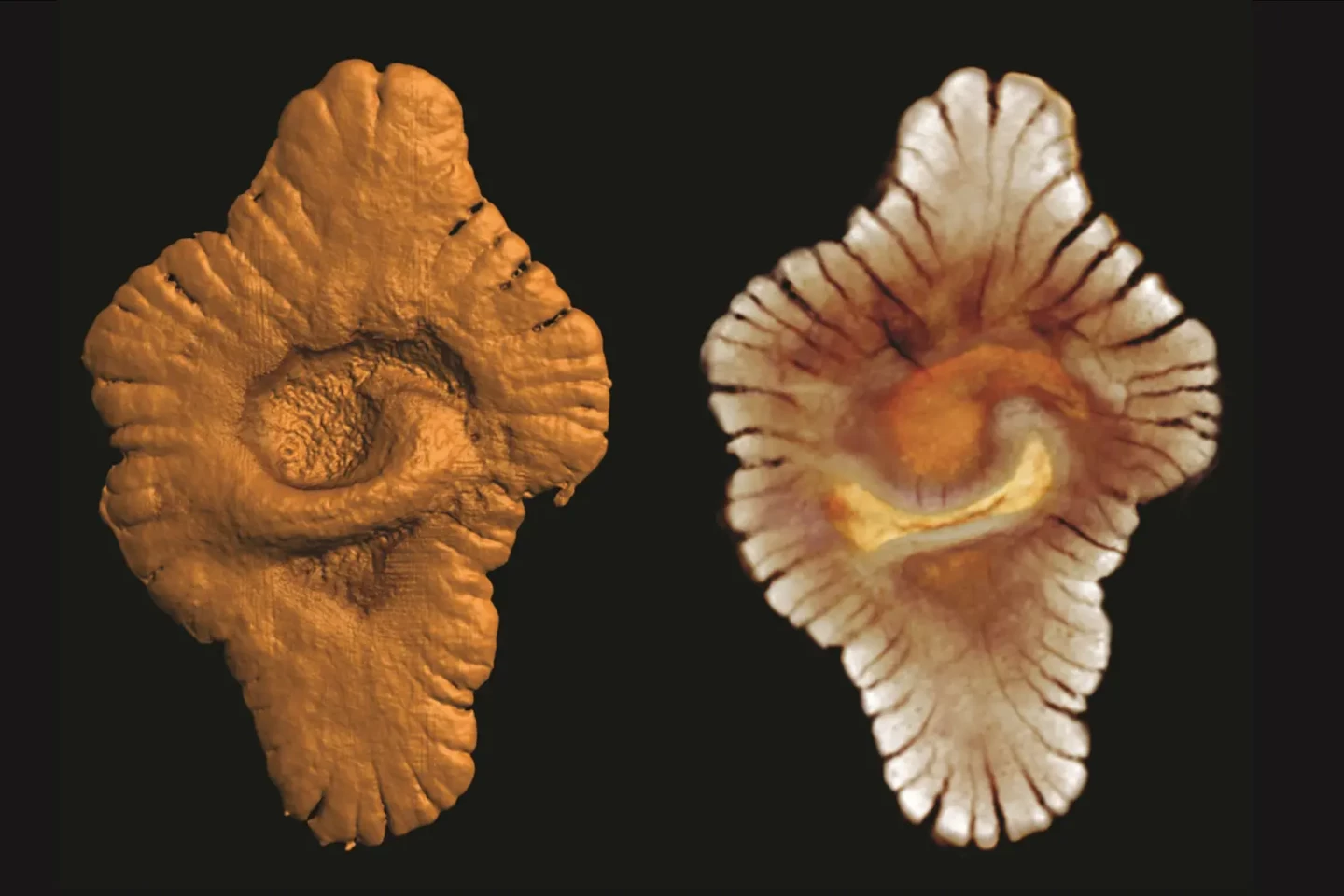Scientists have discovered evidence that an isolated pocket of complex life may have evolved on Earth more than 2 billion years ago – only to go extinct and take another 1.5 billion years to evolve to that level again. The controversial find could rewrite our understanding of life on, and beyond, Earth.
Life appears to have gotten started pretty quickly after Earth formed about 4.5 billion years ago. Direct evidence shows that microbes were abundant by 3.5 billion years ago, with other fossils dating back 3.7 billion years. Other finds even suggest Earth could have been inhabited extremely quickly, as far as 4.3 billion years ago, though these fossils are heavily contested.
Still, for most of its existence life on Earth has been simple, single-celled organisms. Complex life, including the ancestors of animals, are thought to have only evolved about 635 million years ago, when conditions became favorable to larger body sizes.
But this story is thrown into chaos by the mysterious structures found in the Francevillian formation in Gabon. Reaching a relatively huge size of up to 17 cm (6.7 in), these flattened disk-shaped fossils seem to be early multicellular organisms. The only problem? They date back 2.1 billion years, or about 3.5 times older than the current accepted age of life this complex.
Understandably, other scientists have disagreed with the claim that these fossils represent organisms. Other possible explanations are that the structures are inorganic pyrites, concretions, or the result of other non-biological processes.

To investigate further, researchers on the new study conducted a geochemical analysis of the marine sedimentary rocks around the disputed fossils. Intriguingly, they discovered evidence of a pulse of oxygen and phosphorus in the region, just before the time of the Francevillian structures.
It seems that two cratons – very old and solid sections of tectonic plates – slammed together in the area, which triggered a series of underwater volcanic eruptions. This in turn created a shallow inland sea that was rich in these life-giving nutrients.
“This created a localized environment where cyanobacterial photosynthesis was abundant for an extended period of time, leading to the oxygenation of local seawater and the generation of a large food resource,” said Dr. Ernest Chi Fru, lead author of the study. “This would have provided sufficient energy to promote increase in body size and greater complex behavior observed in primitive simple animal-like lifeforms such as those found in the fossils from this period.”
So if complex life really did get started about 1.5 billion years earlier than we thought, why isn’t there more evidence all across the globe? The researchers say that these favorable conditions would have been restricted to this inland sea – beyond that, Earth was still quite hostile to complex life. And even then, the oasis was short-lived, geologically speaking, and these creatures eventually went extinct.
As such, these lifeforms that were ahead of their time aren’t ancestors of the animals alive today. Instead, they’re more like a surprisingly early evolutionary experiment into more complex forms, which didn’t pan out. Evolution apparently didn’t get the chance to try again until around 635 million years ago, when favorable conditions were more widespread.

The idea is definitely intriguing, but not all scientists agree with all of the conclusions this study reaches. Just like the debate around whether the structures in the Francevillian formation represent fossils at all, more evidence may be needed to support these extraordinary claims.
“I'm not against the idea that there were higher nutrients 2.1 billion years ago but I'm not convinced that this could lead to diversification to form complex life,” Professor Graham Shields at University College London, who was not involved in the research, told BBC News.
The research was published in the journal Precambrian Research.
Source: Cardiff University






